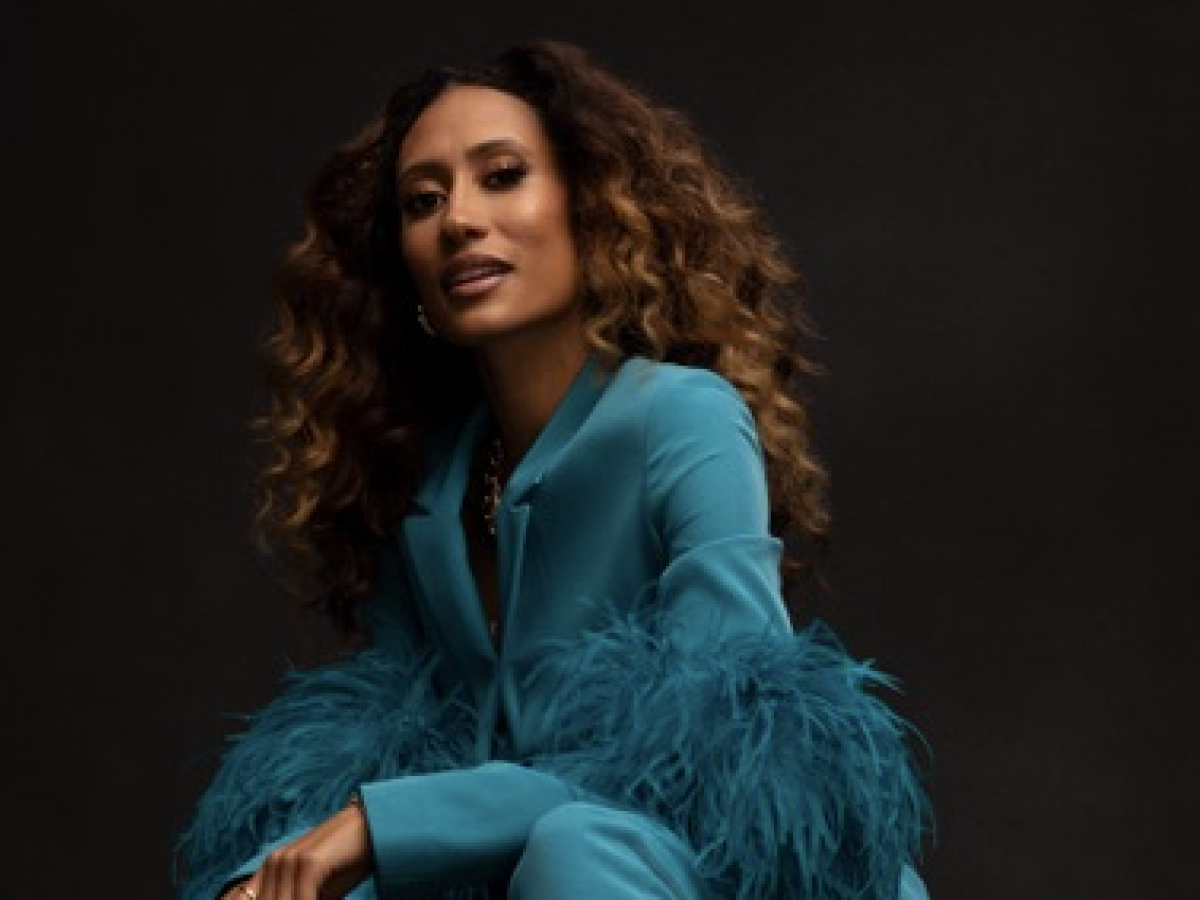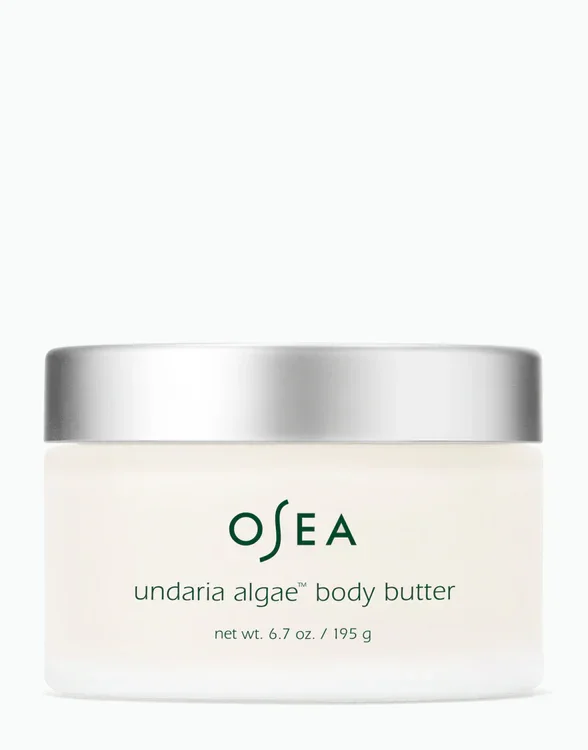
Elaine Welteroth has been the voice of reason for most of us for the better part of a decade now. From her impactful work as the youngest editor-in-chief at Condé Nast at the helm of Teen Vogue, to her thoughtful commentary as a co-host on The Talk (formerly) and Project Runway, she’s the mentor we all need and want.
With that, it comes as no surprise that the “More Than Enough” author is taking steps to help us empower ourselves financially. She recently announced a new equity partnership with investing platform Public.com to help lower barriers to entry for young BIPOC people, especially Black women, interested in different avenues for wealth creation, with a focus on investing in the public markets.
“We’ve been raised to put something away for a rainy day, but I really want Black people to view investing as saving 2.0,” Welteroth said. “It’s so powerful and we’re missing out.”
Welteroth has a point.
Ariel Investments-Schwab’s 2020 Black Investor Survey found that while younger generations have increased their engagement with the stock market in recent years, overall, Black people are still far behind their white counterparts when it comes to building wealth. The findings showed that only 55% of Black Americans own stocks compared with 71% of white Americans.
This is something that Welteroth and Public.com are aiming to reverse immediately. She recently sat down with Essence to talk about why she wants Black women to start taking their investing practices serious, her own relationship with finances and how we should all feel empowered to bet on ourselves more.
I was really interested in the Public.com partnership so I’m excited to hear more about what that looks like. What made you want to align yourself with the Public.com?
Financial literacy is something I’ve really wanted to champion for a while. It isn’t something we’re taught in school and for a lot of us, it isn’t taught at home. And so, there’s this generational opportunity gap for minorities in this country and it’s reflected in the pool of investors and it’s even reflected in my own story. I’m somebody who likes to think that I’ve made a lot of bets on myself and my career, but even as someone who’s been laser-focused on making and saving money, since I was a teenager and now as an adult, I haven’t accumulated the knowledge, tools or even the confidence to invest in the market in a meaningful way.
There are a lot of people out there like me that have this appetite to invest, but there’s also this apprehension because of a lack of exposure or confidence, which comes from a lack of access to information. So, I really wanted to try to break down those barriers to entry. And it starts with me, you know, like any change you want to see it starts with you. For instance, last summer, my husband finally convinced me to start investing and taking bigger bets financially that have already paid off in ways I never knew were possible. As soon as I started to see those gains, I knew it was something I wanted to champion publicly. I have to. I have to use my platform to try to help other people understand. Investing isn’t as intimidating as it seems and we are missing out on major gains because we don’t talk about it enough within our community.
When Public.com approached me with this opportunity I dug into their platform and found that I just love how user-friendly and inclusive it is. It feels like it’s designed for a younger crowd and beginners who are interested in learning about investing.
One self-imposed barrier to investing that I can admit to is thinking that I don’t have enough money to dedicate to it. Is there a certain minimum amount that new investors with Public have to meet to begin investing or is it a little bit more flexible on that end?
They’re really flexible. And in fact, a part of my partnership includes a promo code that just gives $50 of free money for people to invest to help overcome that initial barrier to entry.
I think it’s important to remember you can start small and end up with big gains. And so, that mentality that you spoke about, I just love how you framed it: self imposed barriers to entry. We all have them and I think it’s important to acknowledge that sometimes, we can do a bit more than we think we can with our money. I know for years, we’ve been taught to let our money sit in a savings account, which is good but I think it’s time to look at other options.
This is the opportunity to invest that money and watch it grow.
Did you grow up having money conversations?







The name of the game in my household growing up was save, save save. We did not talk about investing and that’s something I’ve had to learn on my own and I’m still learning. I grew up in a working-class family and my parents were not investors. I didn’t know any investors growing up. I was definitely a saver.
I grew up with a bit of a scarcity mentality which I think have been passed down to a lot of us, especially immigrant or minority working class families. Every day, I worked like it was going to be my last and I saved every penny. I ate ramen and peanut butter and jelly sandwiches for years.
I applied that same kind of mind set to saving money throughout my career and I think for a lot of people saving is the hardest part but for me, it was something that really came naturally. However, I think at some point you realize that your money only goes so far in your savings account. There’s there’s so much more to be gained when you learn the art of investing. And again, I’m not an expert in this area. I am learning right along my community, and I want to bring everyone along with me on this investing journey, so that we can learn together and share resources, tools and tips together. For too long, investing has felt like a secretive boys club that weren’t welcoming to BIPOC. With Public.com, we’re breaking those walls to build generational wealth.








